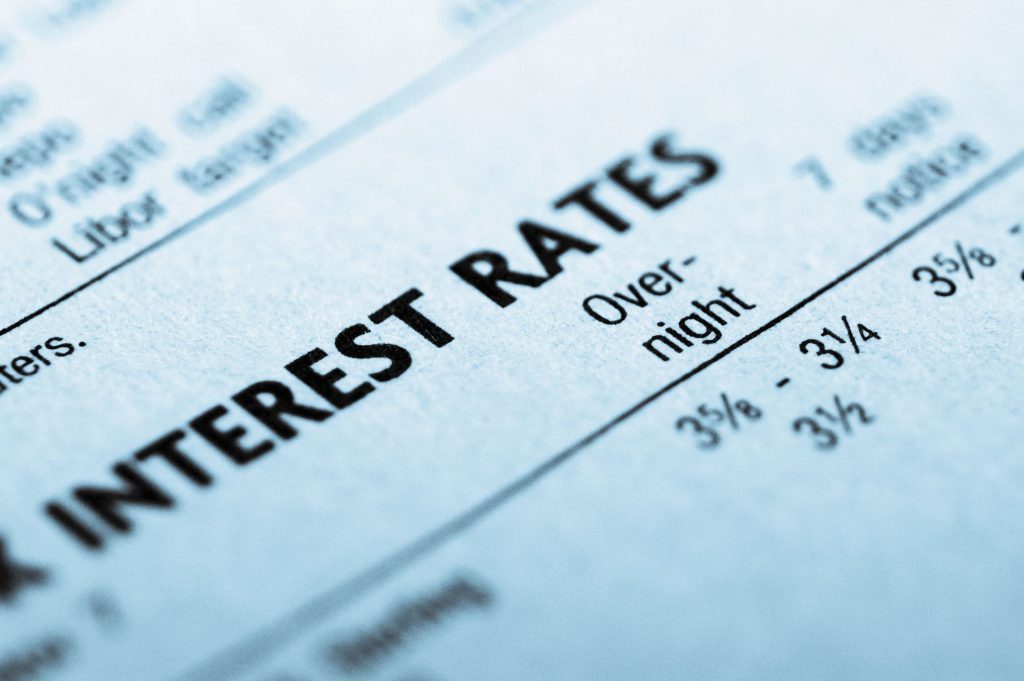A savings account is an interest-bearing deposit account held at a bank or other financial institution. These accounts provide a modest interest rate. They are a great option for people to park their cash to save for short-term needs and emergencies such as a car, furniture, vacations, or medical expenses because they can be easily liquidated without any tax implications.
Everyone takes for granted that saving part of your income is an essential step toward financial wellness. However, it’s a little like the adult equivalent of your parents telling you to eat your vegetables when you were little. It seems like everyone agrees that saving, just like broccoli, is good for you, even though it’s no fun. Still, some may ask, what’s the point?
Interest rates on deposits at banks, and even credit unions, are so low as to hardly be worth the bother. Bank profitability is up, the FDIC reported, and some banks are increasing their dividends. So why aren’t they paying more on deposits?
Modern-day savers may have a right to be a little bit frustrated. After all, savings accounts don’t offer the same level of returns as they used to. As Trent Hamm of The Simple Dollar pointed out, as recently as 10 years ago, it was a different story 3rd party Link Informaiton. Returns on the average savings account at the end of 2005, according to the National Credit Union Association, were around 0.5 percent 3rd party Link Informaiton APR. Today, according to the Federal Deposit Insurance Corporation, they are much lower, around 0.06 percent on average for accounts with less than $100,000. Hamm noted that accounts from some boutique firms were as high as 5 percent in 2006, while today, any savings account with more than 1 percent returns is exceedingly rare.
Why Isn’t My Money Growing These Days?
Your money grows as much as the bank’s current interest rate allows it to (a bank’s interest rate, FYI, is the amount of money you earn every year for depositing funds with the bank).
When you put your money into your savings account, the bank immediately turns around and loans out that money to business owners, mortgage borrowers, etc. and charges them interest on it. This is how banks make money. Another thing banks do with your hard-earned savings is directly invest it themselves, often into very safe things like U.S. Treasury bills, which are basically a short-term loan to the government that pays interest, and which anyone can buy.
The problem comes from the fact that the interest rate on a one-month U.S. Treasury bill is less than half a percent right now, which means the bank isn’t making much money from it. And if they’re not making much themselves, they’re not going to pay you anything close to a half a percent on your money. They’ve got overheads, man!
Depositors vs. Borrowers
In reality, banks can pay whatever yield they want on a savings account. If a bank wanted to start paying 5%, it could. There’s nothing stopping it, except the desire to turn a profit.
Banks set yields on deposits based on the rate they can get for lending money. The difference between what a bank receives on mortgages and auto loans and other credit, and what the bank pays out in yields to depositors, represents one of the bank’s revenue streams.

How Banks Set Savings Account Rates
To understand this story, you have to understand why banks offer savings accounts to begin with and how they decide what rates to offer. For the most part, a bank can offer whatever rate they want on a savings account. If one bank decided to suddenly start offering a 5% return on savings accounts, they certainly could do so. The only problem is that it would be a really bad business idea. Banks want some deposits in their savings accounts, but unless they can lend out money at a higher rate than they are offering on savings accounts, they’re not going to make money. They’re going to lose money.
For example, let’s take a look at home mortgages. Right now, you can pretty easily get a home mortgage at 4 to 5% interest. In order to lend you that money, banks have to have that money (technically, they have to have a portion of that money because they can count the mortage payments they’re going to receive… but that’s a whole different issue) in their vaults. In order to have that money, they have to have people depositing their money into that bank, and in order to get that, they have to offer some return on that deposit. At the same time, they have to offer less of a return on that deposit than they’re able to make from mortgages. So, the rate they offer has to be somewhere above 0%, but somewhere well below the 3-4% they get on mortgages.
Thus, we have interest rates on savings accounts hovering around 1%.
Saving makes sense
This is a drawn-out way of saying even though interest rates are low now, they may not be for very long. Once the Fed decides that economic activity has improved enough, rates will go back up, and it will suddenly become a better idea to save via these vehicles. However, that doesn’t mean that you should stuff all your money in a shoebox under the bed, nor would it be wise to invest your life savings in the stock market. Instead, as Bob McTeer writes in Forbes, you should keep on saving 3rd party Link Informaiton regardless of how much you get out of it. That’s because the real value of a liquid savings account is the security and peace of mind it offers.
In addition, when interest rates on savings accounts do go up, as McTeer explained, so do the rates consumers pay on credit cards and other loans. With more money to be spent, it’s just another incentive to keep saving and ensure your money is secure. Aim toward a sizeable emergency fund, no matter what the interest rate is, and you’ll find that the convenience of a bank account will be worth much more than the monthly dividend pays.
You’re probably disappointed in the 1% (or so) return you’re getting lately. Surely you can do better than that?
Your best option is probably to simply pay off debts if you have any. Almost all of your debts should have an interest rate much higher than 1%, which means you’ll get a much better return on your dollar by making an early debt payment. The only catch is that you won’t actually see that dollar again until the loan is paid off. Paying off debt essentially locks up your dollars and you don’t see the returns until your debt disappears early.
